A Global Conversation
Captive Comments
Insurance industry experts discuss the latest hot topics and challenges in the captive insurance market with A.M. BestTV.
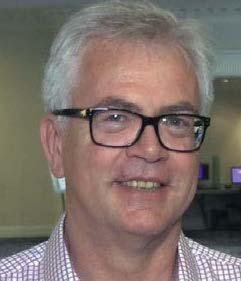
Paul Owens
“I think actually there are two challenges [in the captive market.] The first one is an internal view, which is getting staff. It’s increasingly difficult to get the right staff in the locations you need them. The locations are becoming very expensive, so to get the right people is expensive.
The other one is the old story of regulation. Regulation is continuing to increase. In Bermuda, we’ve recently seen increasing regulation, code of conduct, all the right things to do, but in many countries, it’s a new regulation from the point of view BEPS, base erosion profit shifting. The Organization for Economic Co-operation and Development is very, very serious about that.
Actually for domiciles, it shouldn’t be seen as an inhibitor. It should be seen as a good thing where everybody can work on the same, level playing ground.”
Paul Owens
CEO, Global Captive Practice
Willis Towers Watson
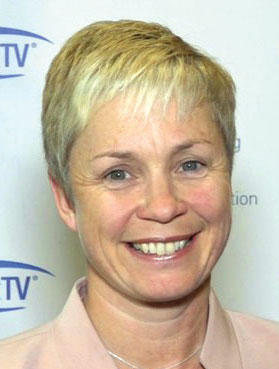
Ellen Charnley
“In a world where we see so much uncertainty, a captive can provide a lot more certainty to organizations.
In the smaller captives, we’re seeing growth there from organizations that never had a captive. They’re starting to hear about this captive concept and thinking that they should explore it. We’re seeing growth across all industries and in all sizes.
[Some of the new risks that are going to captives include]—big growth in companies that are into cyberrisk and parts of cyber, whether that be deductibles or retentions or writing higher limits or quoted shares. We also saw an increased number of companies writing some from employee benefit risk.
What’s driving that is as medical costs continue to rise around the globe, it’s difficult for organizations to try and control that. One method of trying to achieve that level of control is through using a captive to reinsure those medical costs.”
Ellen Charnley
President
Marsh Captive Solutions
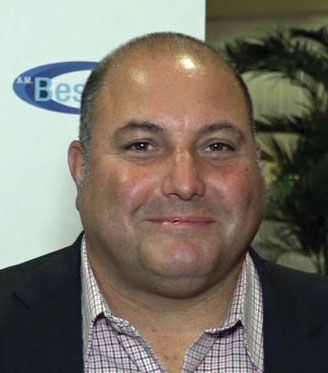
David Seidner
“It’s extremely important in a rising interest rate environment for an investment adviser who manages money for captives to have a fund that is a core-plus strategy that uses floating-rate securities and that uses different methods to gain that return that’s hard to get in a low interest rate environment now.
A fund manager that uses floating-rate securities, that uses shorter-duration bonds would be something that would be more suitable for a captive investment.”
David Seidner
Regional Sales Director
Monte Capital Group
“The continuing soft market really does make it more difficult [for new captives to form,} when you start to do the math on the return on investment. That’s part of it. The tax rate also is a little bit of a detriment for traditional risk management captives. At 35%, the loss reserve deduction is worth a certain amount. At 21% it’s worth less.
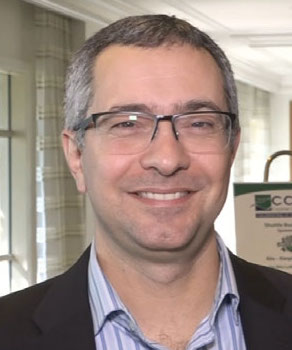
Bob Gagliardi
For U.S. companies, that’s been a little bit of a challenge. On the European side, Solvency II continues to be a tough barrier. If you’re going to form a captive now, it’s more capital intensive, more regulatory, more governance. Those things are a bit of a barrier to new growth.
On the whole, there’s still a lot of interest. There’s still a lot of inquiries, there’s still greater education, more interest in the marketplace. It’s still been solid. We’re still in a very good place, but it’s just been a little slower than in the past.”
Bob Gagliardi
Director of Captive Management and
Head of U.S. Fronting
American International Group
“Some captives have jumped on the bandwagon of passive investments using exchange-traded fund portfolios to capture their equity exposures, risk reward characteristics.
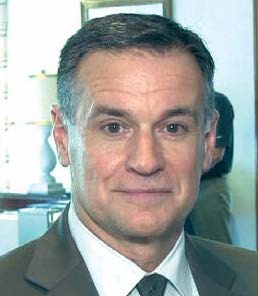
Carl Terzer
Unfortunately, with ETFs, you get 100% of the market’s upside and 100% of the downside. Not a great place to be when you’re expecting a market to go down.
What they should be doing I think is diversifying further, particularly away from any one market like the U.S. market, considering developed country exposure, or maybe even emerging market exposure, just diversifying the portfolio to protect them.
Now for actively-managed portfolios, which are probably most captive portfolios, we’re hearing a lot of inquiries about defensive strategies. There’s an interest in covered, call-writing programs.
There is an interest in structured, or quantitative product that is specifically designed to capture maybe 80% or 90% of the market’s upside but only suffer 60% to 40% of the market’s downside. That’s becoming very popular.
People want at least to carve out a portion of that portfolio and position it defensively. We’ll never get a call right before the market dives, so better to be prepared ahead.”
Carl Terzer
Founder and Principal
CapVisor Associates
Visit
ambest.tv to watch the complete videos with these executives.



























